The photobooth trend is taking the youth by storm. However, after a video of a female student changing clothes in a photobooth room was leaked, many people began to worry about the safety of this supposedly private space.
When privacy becomes a trap
The case of female student K. in Hanoi being secretly filmed is a warning to those who are careless when adjusting and changing clothes in photo booths - places that are easily exploited by bad guys.
Photobooth rooms are usually very small, only about 2.5m wide and 2.3m high, enough for groups of 2-6 people. The closed space, soft light and cute background make the photographer feel comfortable, carefree to change coats, adjust clothes, even change clothes right in the room without paying attention to the surroundings.
But that creates opportunities for bad guys to take advantage if the system has hidden recording devices installed.
Le Phuong (20 years old, student in Ho Chi Minh City), who often takes photos at photobooths, said she had seen a small camera in the corner of the room but didn't pay much attention.
“Before, I thought it was just a normal surveillance camera. After the incident with the female student in Hanoi, I started to feel scared. If my image was saved and spread, it would be really worrying,” Phuong shared.
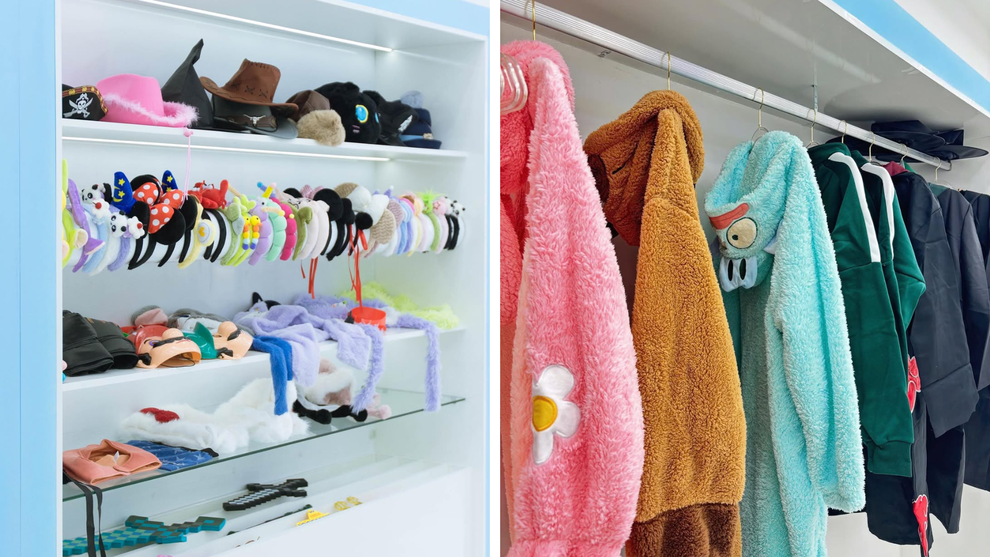
Responding to customers' concerns, Ngo Bao, manager of a photobooth chain in Ho Chi Minh City, affirmed that not all shops install cameras in the photo booth.
“We only install cameras in the reception area to ensure security and monitor assets. We absolutely do not install them in the photo studio because it violates privacy. Reputable establishments have clear notices about the use of surveillance equipment,” said Mr. Bao.
According to him, users should be wary of small shops that do not have a clear brand or do not publicly disclose their privacy policies.
Another less-known risk is the QR code photo format. When customers scan the code to get a photo online, the data can be temporarily stored on a third-party server. If these links are leaked or shared publicly, personal photos can easily be spread.
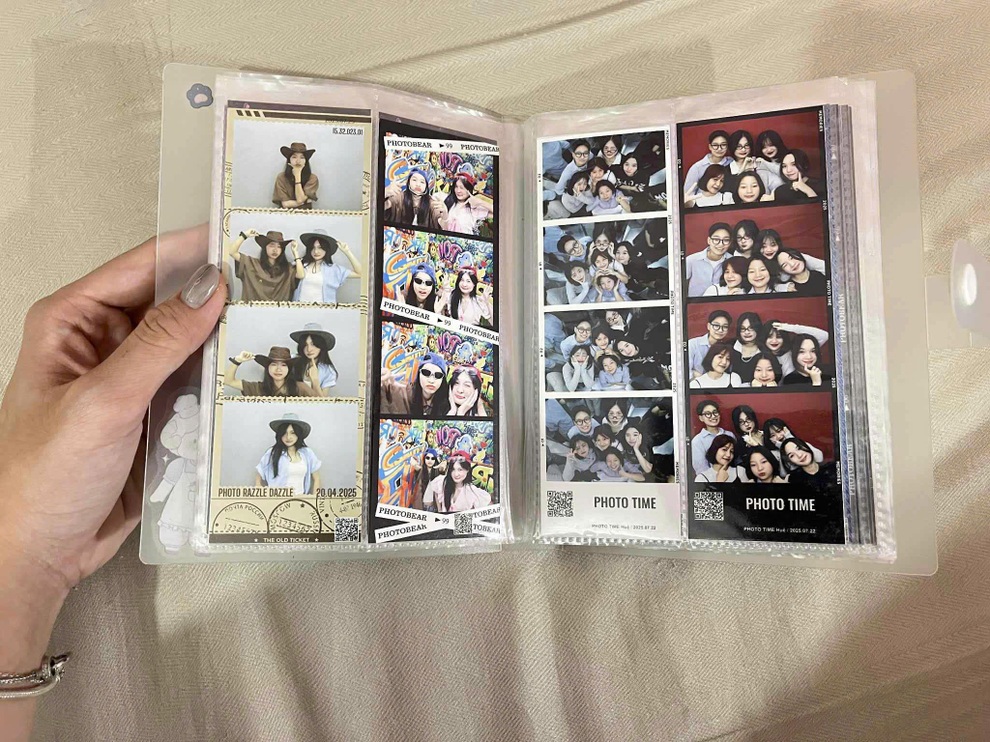
According to MSc. Tran Hoang Loc, lecturer at the Faculty of Computer Engineering, University of Information Technology, Ho Chi Minh City National University, leaked images from photobooths can be exploited by bad guys for purposes such as blackmail, deepfake (fake using AI technology) or online fraud.
“Image data is a sensitive form of personal information. When exploited illegally, the consequences can be very serious, not just the image being spread,” Mr. Loc emphasized.
Things to note when taking photobooth photos
Faced with the above risks, MSc. Tran Hoang Loc also recommended that universities should strengthen digital safety education for students, helping them understand the risks of sharing personal images.
“Not only when using photobooths, but also when participating in social networks, students need to learn how to control their privacy, from setting up accounts to considering before sharing photos. This is an important part of digital citizenship that schools need to focus on,” Mr. Loc added.
MSc. Mong Chi, lecturer at the Faculty of Psychology, University of Social Sciences and Humanities, Ho Chi Minh City, said that in addition to digital skills, young people also need to be equipped with the awareness to protect themselves in private spaces.
“Students are very quick to catch on to trends, but sometimes they are not alert to the risks involved. When they know how to ask themselves, “Am I safe?” before each action, they will form a habit of self-defense, which is also a necessary life skill in the digital age,” Ms. Chi shared.
Despite the potential risks, photobooths are still a popular form of entertainment for many young people. Instead of being afraid, users can proactively protect themselves by being more careful when taking photos.
First of all, you should never change clothes in the studio, even if it’s just to “try on” a dress or jacket. If the studio has a dressing room, make sure it’s a private, safe area.
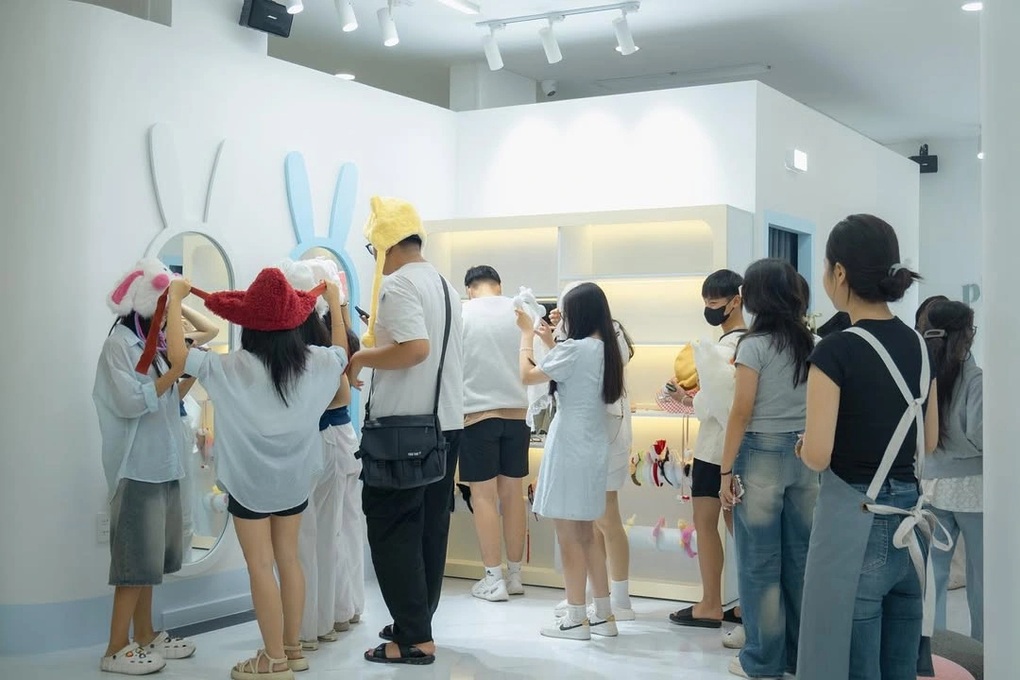
When entering the photobooth, you should take a few seconds to carefully observe your surroundings, especially the corners of the walls, mirrors, and ceilings. If you find small holes, flashing lights, or strange objects, you should immediately stop and notify the staff.
“When in doubt, you have the right to request a check or refuse to use the service,” Mr. Ngo Bao emphasized.
Using accessories available in the shop such as glasses, hats, caps also needs to be careful, should only be used if the items are new, clean and regularly cleaned by staff. If you feel uneasy, you can bring your own accessories.
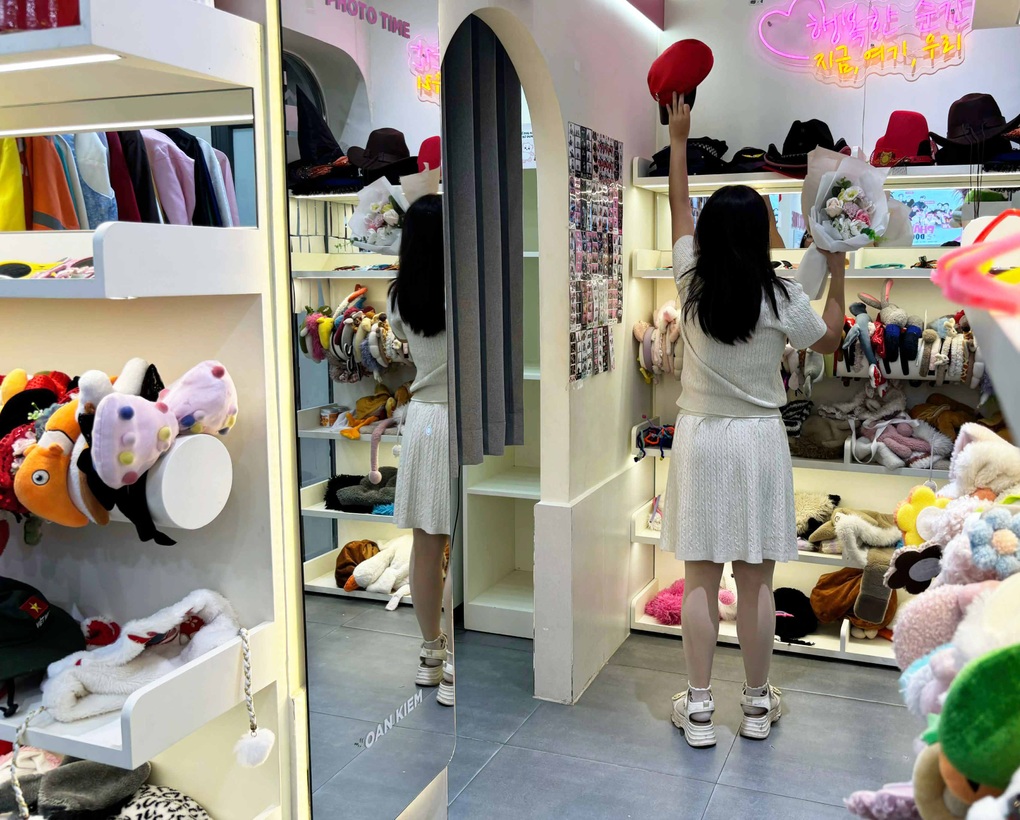
Students should only choose simple, readily available accessories to avoid risks and make taking photos more convenient (Photo: Phuong Thao).
Besides the risk of secret filming, users also need to be wary of the risk of photo exposure when uploading photos via QR code because not all systems are well secured.
You should check the link carefully before accessing, only download photos from the official channel with a clear domain name of the shop. After downloading the photos to your computer, you should delete the link immediately to avoid being accessed by others. Sharing photobooth photos publicly on social networks also needs to be considered, especially if the photos were taken in a private space or contain personally identifiable information.
MSc. Tran Hoang Loc advises users to proactively protect personal data in all situations, including seemingly harmless activities such as taking photos for entertainment.
He recommends: “Do not share devices, accounts or photo links with strangers, and limit entering personal information when uploading photobooth photos online.”
Phuong Thao
Source: https://dantri.com.vn/giao-duc/tu-vu-nu-sinh-lo-clip-nhay-cam-giang-vien-bat-mi-cach-ne-camera-den-20251109081508835.htm





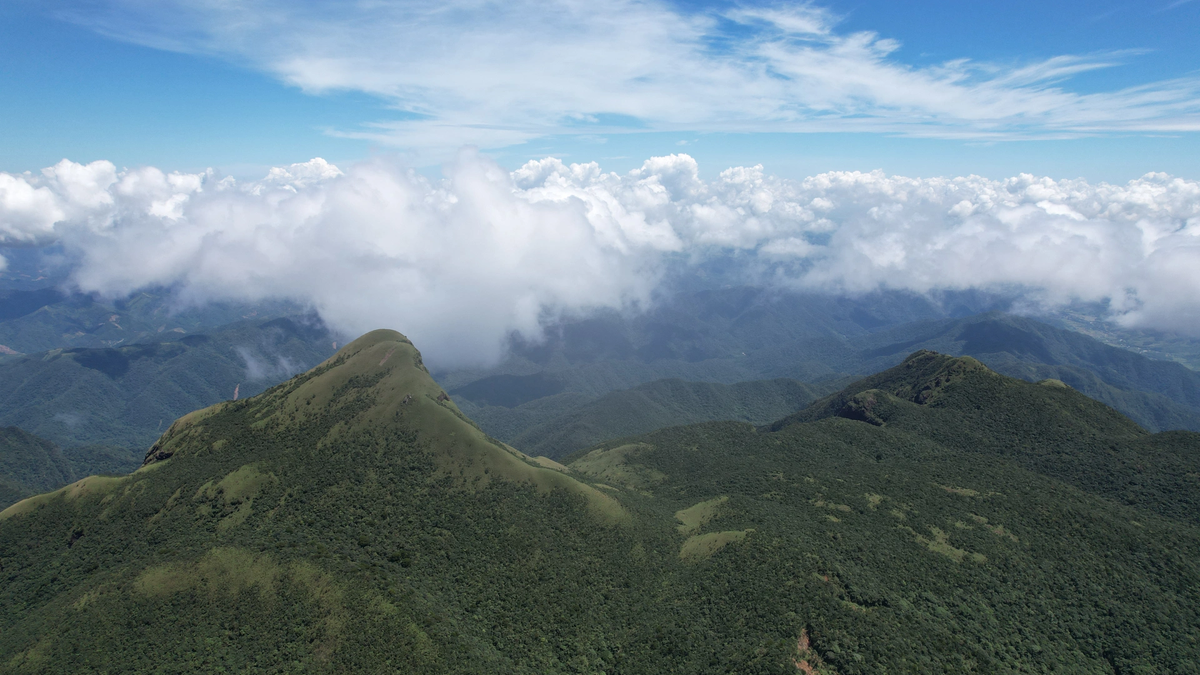

![[Photo] Prime Minister Pham Minh Chinh receives Lao Minister of Labor and Welfare Phosay Sayasone](https://vphoto.vietnam.vn/thumb/1200x675/vietnam/resource/IMAGE/2025/11/11/1762872028311_dsc-2246-jpg.webp)
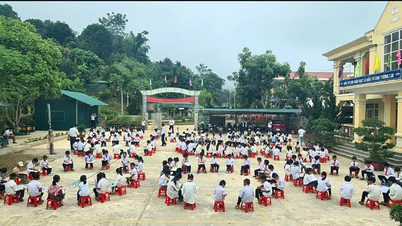














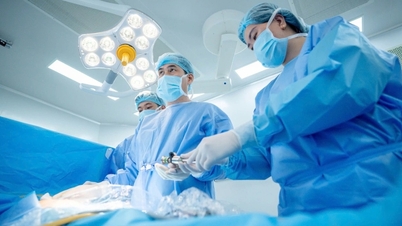



























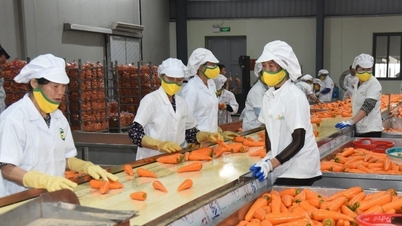











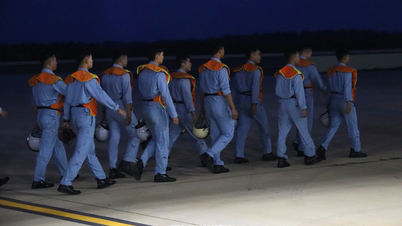

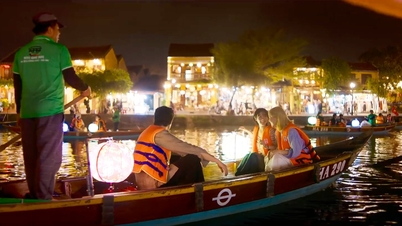










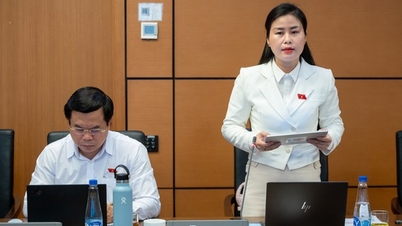


















![Dong Nai OCOP transition: [Article 3] Linking tourism with OCOP product consumption](https://vphoto.vietnam.vn/thumb/402x226/vietnam/resource/IMAGE/2025/11/10/1762739199309_1324-2740-7_n-162543_981.jpeg)







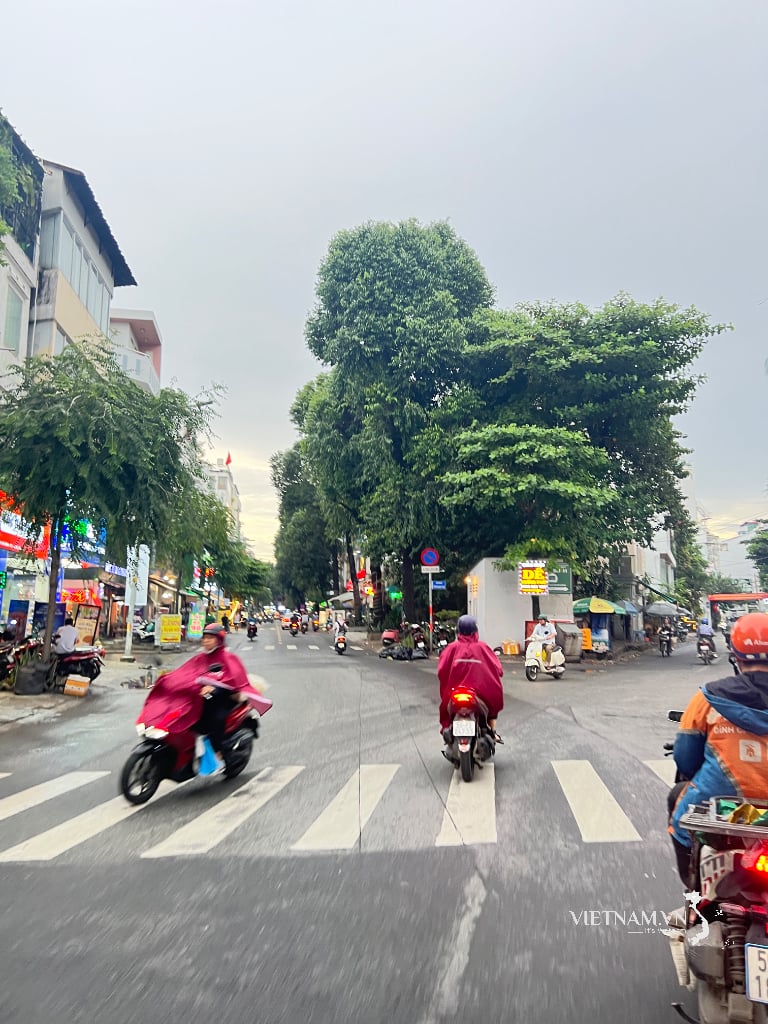
Comment (0)